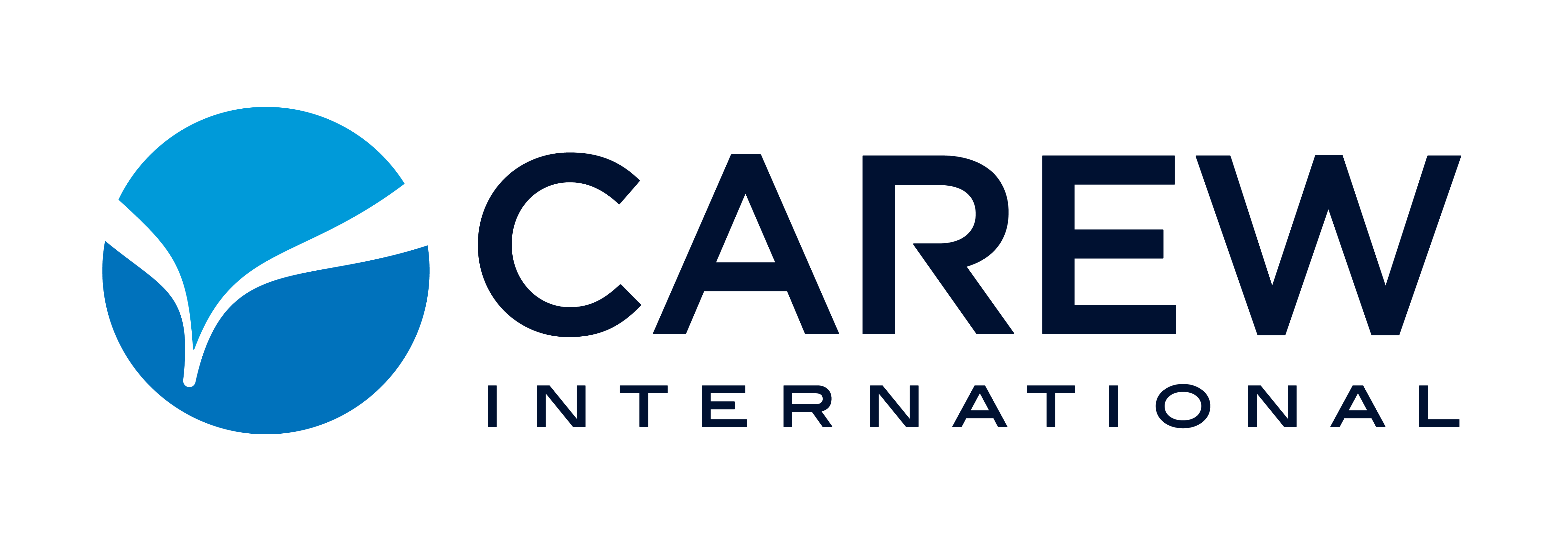Sales messaging is critical. A great message helps connect a sales representative to their customer or prospect while conveying the value of the organization and solution. Every touchpoint is an opportunity to shape the customer or prospect’s view; it informs, persuades, and ultimately helps close the sale.
But developing a powerful sales message is a challenging part of the modern sales professional’s daily work. Here are 2 great tactics to consider when crafting a sales message that grabs hold of your buyer’s attention and distinguishes you from the competition.
1. Simplify your processes.
Sales professionals (and human beings) have a tendency to overcomplicate things, and this can muddy the waters when it comes to effective sales messaging. Human beings crave simplicity, so the genius in messaging is making the complex sound simple.
What do they care about?
The first way to simplify your sales message is to become other-centered vs. self-centered. When delivering a presentation or writing a proposal, a preoccupation with your own goals severely limits your ability to understand the other party’s needs, concerns, and point of view. In Carew sales training, we call this phenomenon the Odds Are Factor™, as we have determined that the “Odds Are” 2 to 1 that at any given point in time, a salesperson’s perceptual orientation is inwardly focused. Being empathetic and concentrating solely on the buyer’s needs will help you simplify your message. Ask yourself, “What does this person really want?” or “What do they care about?” and speak only to those things. Without this mindset, sales professionals tend to elaborate on unimportant features or ramble on, which leads to complexity in messaging.
Response Checks
A second way to simplify your sales message is to break it down into bite-size, easily digestible bits of information. Speak for a short amount of time, then check-in with the buyer to see how they’re tracking. Refrain from dumping all material at your disposal onto the other person at one time because the more information you give, the more overwhelmed your buyer becomes. And talk the way you actually talk, not the way you think you should talk. Avoid jargon, corporate-speak, or anything that is not authentic to who you are.
As Steve Jobs said, “Simple can be harder than complex: You have to work hard to get your thinking clean to make it simple. But it’s worth it in the end because once you get there, you can move mountains.”
2. Use stories and use them well.
Before the written language, before pen and paper, humans relied on stories to understand the world, communicate, and pass lessons along. We are programmed for stories. This infographic shared by HubSpot illustrates the neuroscience behind storytelling. Further, consider that the average American speaks around 125 words per minute, yet the brain can process upwards of 800 words per minute. If you are talking through countless bullet points or presentation slides, your buyer’s brain will start to wander. But the minute you begin to tell a story, you pull their attention back.
When preparing for a sales presentation, proposal, or the like, think about the product or solution you will be discussing. Reflect on your own life to determine if there is an experience you could call upon related to the situation at hand. If so, what are the points you want to make when telling this story to a buyer? Practice these points, but don’t memorize a script of your story.
Stories also present the opportunity to express emotion and passion and, if executed correctly, help you relate to the other party/develop a bond. They are powerful, and sales professionals need to use them when crafting their message.
As you connect with customers or prospects and develop your sales message, think about these two tactics: simplify your processes and your language, and utilize the art of storytelling. The sales profession is competitive, but you can differentiate yourself from the competition in small ways. Take the time to plan every aspect of your message to close more deals.





